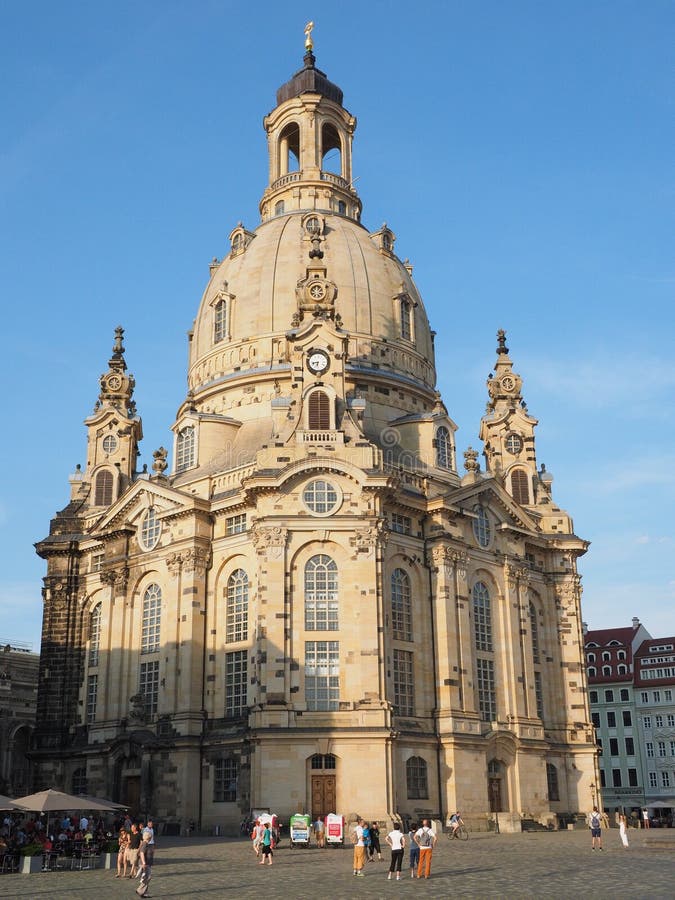

The cookie is used to store the user consent for the cookies in the category "Performance". This cookie is set by GDPR Cookie Consent plugin. It included architectural details like stained. Its focus was on religion and Christianity. The cookie is used to store the user consent for the cookies in the category "Other. Romanesque art was influenced by both the Romans and Byzantine Art. The cookies is used to store the user consent for the cookies in the category "Necessary". The cookie is set by GDPR cookie consent to record the user consent for the cookies in the category "Functional". The cookie is used to store the user consent for the cookies in the category "Analytics".

These cookies ensure basic functionalities and security features of the website, anonymously. Necessary cookies are absolutely essential for the website to function properly. Paul’s"Ĭhapter 5: Scott Stull, Michael Twomey, and Michael Rogers, "Castle Viewscapes in Literature and Landscapes"Ĭhapter 6: Anastasia Moskvina, "Architectural Alignment in Early Medieval English Settlements: Zoning, Meaning and Function"Ĭhapter 7: Philippa Byrne, "Underneath the Arches: Peter of Eboli and the Orderly Architecture of Norman Sicily"Ĭhapter 8: Christiania Whitehead, "Reading the Saint’s Church-a Northern Perspective." Bailey, Karl Kinsella, and Daniel Thomas, "Architectural Representation in Medieval Textual and Material Culture"Ĭhapter 1: Robert Bork, "Designing the Regensburg Spire and Harburg Tabernacle: The Geometries of Two Great German Gothic Drawings"Ĭhapter 2: Conor O’Brien, "Wilfrid’s Restoration of the Church at York and the Permanence of Sacred Buildings in Post-Conversion Northumbria"Ĭhapter 3: Shannon Godlove, "Heaven-Roofs and Holy Altars: Envisioning a Seventh-Century English Church in Aldhelm’s Carmina Ecclesiastica III"Ĭhapter 4: Brendan O’Connell, "'Beaten Down and Built Anew': Saint Erkenwald and Old St.


 0 kommentar(er)
0 kommentar(er)
